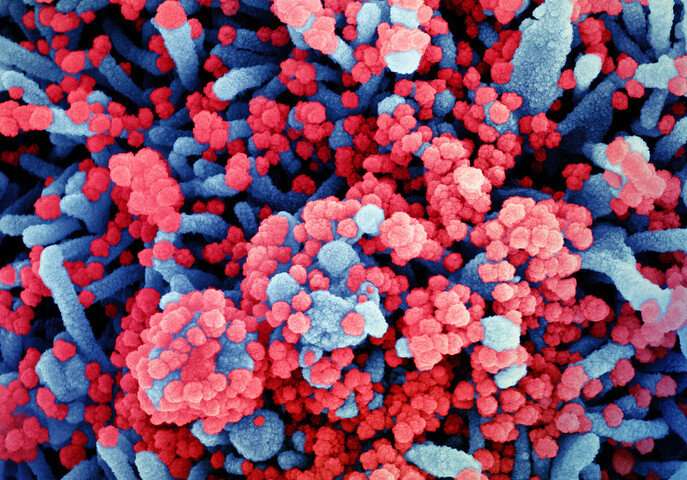
The duration of protective immunity against SARS-CoV-2 may be short-lived, suggests a study investigating immunity to four other, similar coronaviruses. The findings from a case study of ten healthy subjects monitored over 35 years are published in Nature Medicine. Reinfection with the same seasonal coronavirus occurred frequently around one year after the initial infection, which suggests that caution may be needed when relying on policies that require long-term immunity, such as vaccination or natural infection to reach herd immunity.
Although there is limited evidence of reinfection after exposure to SARS-CoV-2, it is generally assumed that reinfection by coronaviruses does occur. To prepare for future waves of SARS-CoV-2 infection, it is essential to understand the length of immunity to reinfection.
Lia van der Hoek and colleagues examined four strains of human seasonal coronavirus—HCoV-NL63, HCoV-229E, HCoV-OC43 and HCoV-HKU1—that cause respiratory tract infections. The authors hypothesized that the characteristics shared by these coronaviruses might be representative of all human coronaviruses, including SARS-CoV-2.
To find out how often seasonal coronavirus infections occur, the authors examined a total of 513 serum samples collected at regular intervals since the 1980s from ten healthy adult males in Amsterdam. The authors measured increases in antibodies to the nucleocapsid protein—an abundant coronavirus protein—for each seasonal coronavirus. An increase in antibodies was considered a new infection. They observed three to 17 coronavirus infections per patient, with reinfection times between six and 105 months. Reinfections were frequently observed at 12 months after the initial infection.
The authors also found that blood samples collected in the Netherlands during June, July, August and September had the lowest rate of infections for all four seasonal coronaviruses, which indicates a higher frequency of infections in winter in temperate countries. The authors suggest that SARS-CoV-2 may share the same pattern after the pandemic.
Source: Read Full Article
